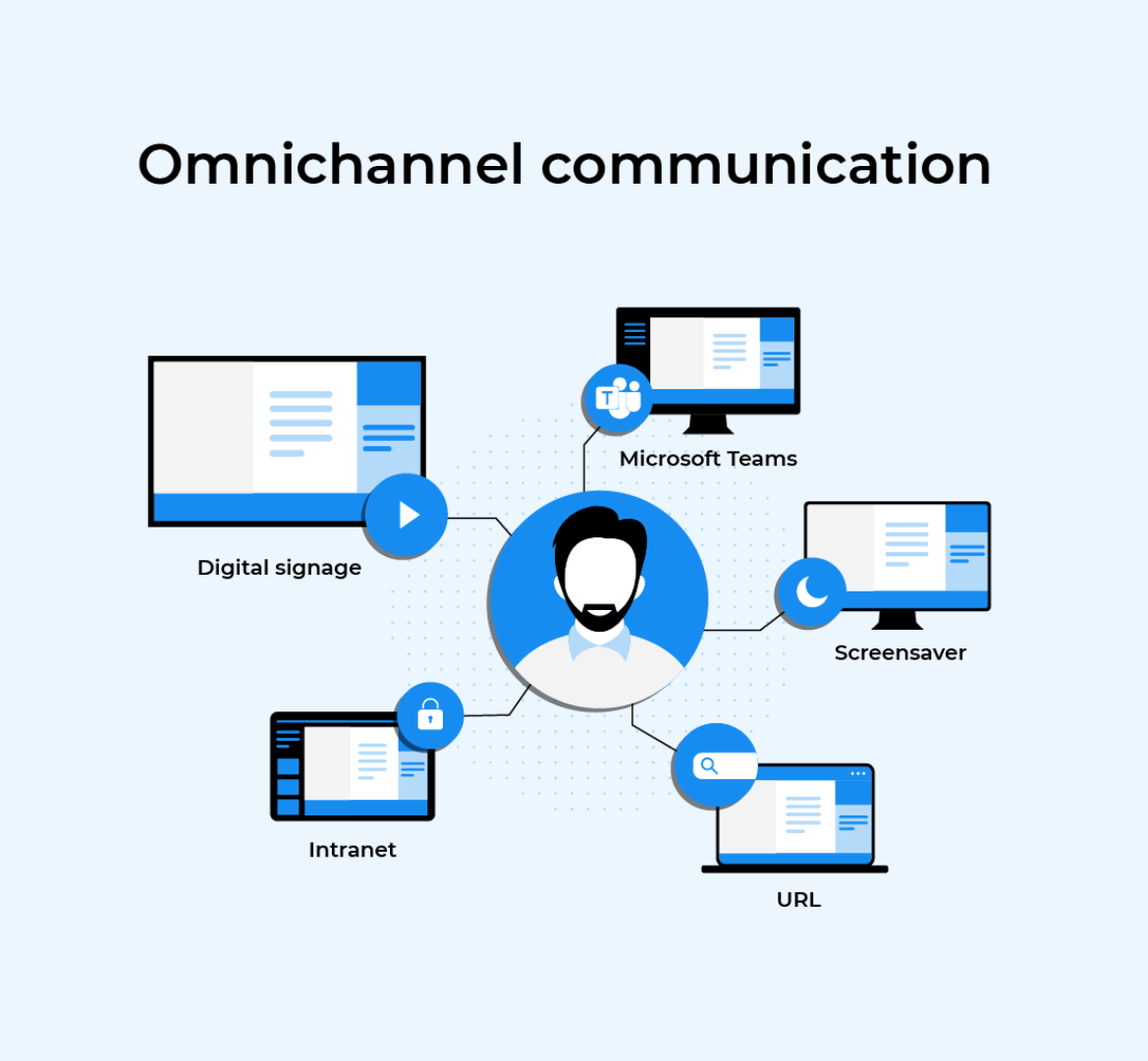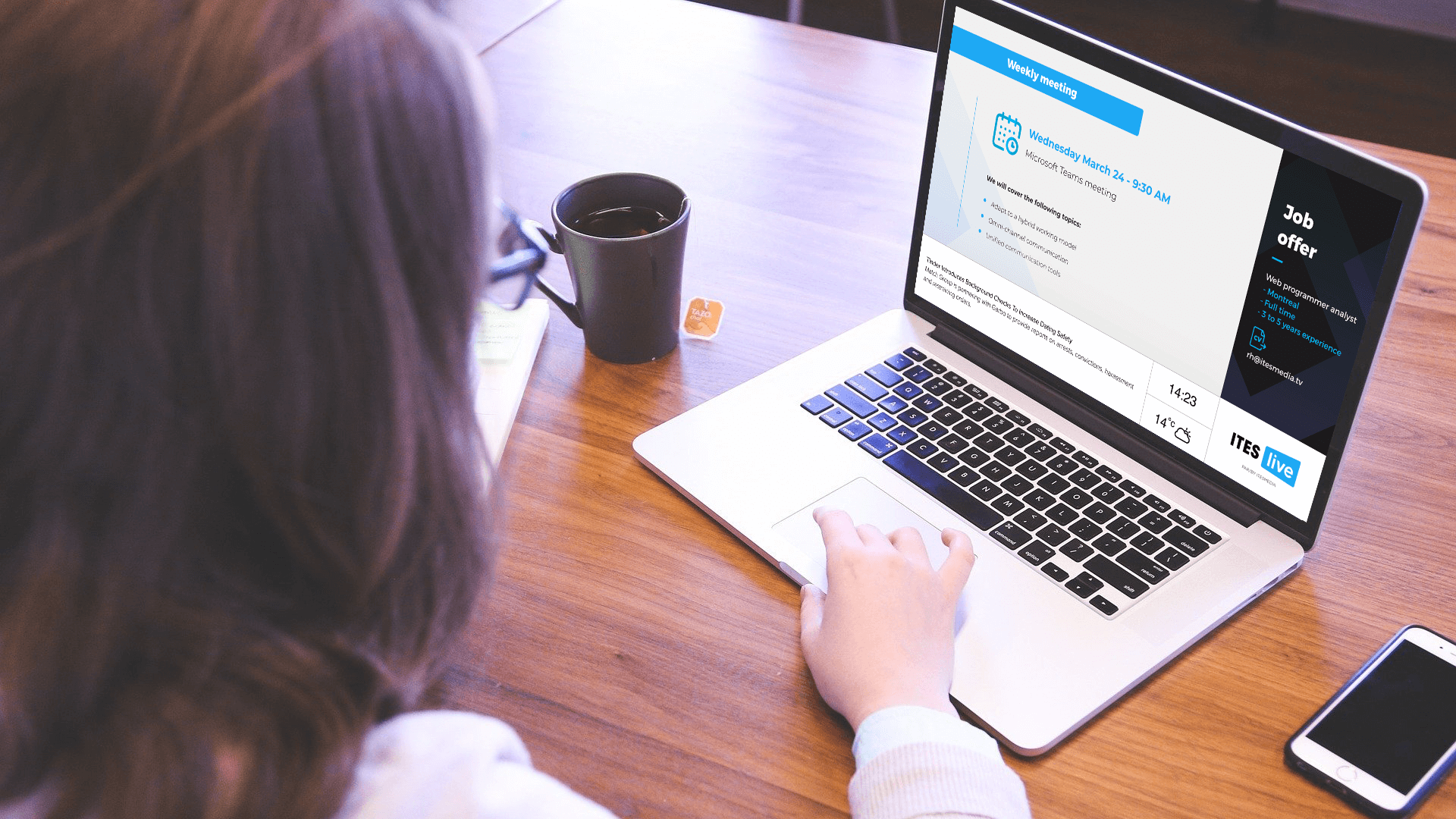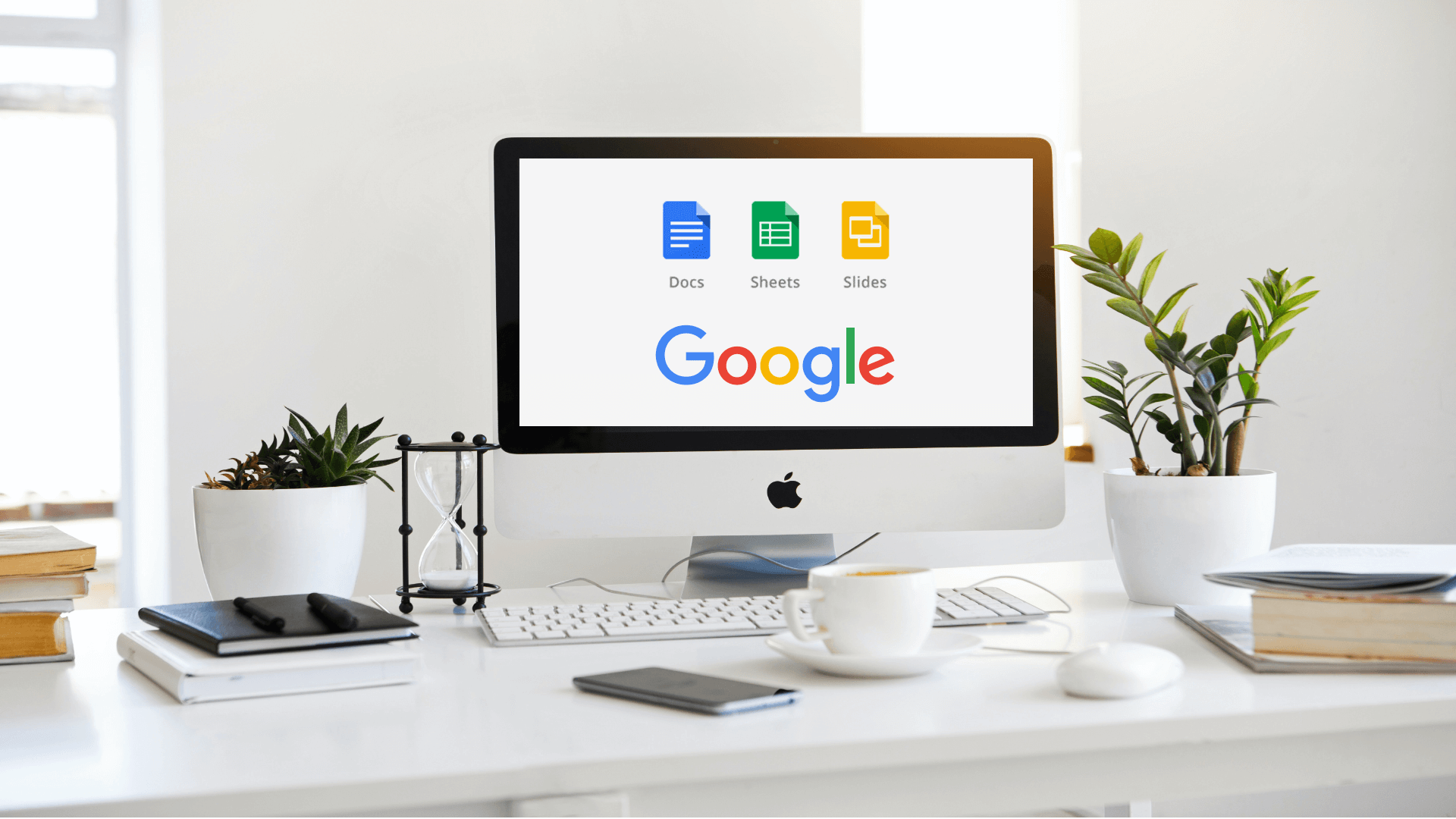Communication is the key to success. This principle sounds very simple, but for large companies, it can prove a challenge – especially in today’s context where employees work both at home and at the office. New ways must be found to reach employees. One of the most popular solutions is adopting omnichannel communication because it simplifies information sharing and increases content visibility.
Definition of omnichannel communication
Omnichannel communication implies using different channels to provide employees with a transparent experience and unified communications for all the channels they are using. Companies choose omnichannel solutions to share and receive information more easily. To benefit from an efficient omnichannel strategy, it is important to analyze the paths taken by staff members to target the right contact points. For example, if you notice that a majority of employees take their lunch at work, it would be useful to share company-related information with them (such as deadlines to request their vacation days, company events and new rules) on digital signage monitors. A well-executed strategy relies on various communication channels such as Microsoft Teams, screensavers, digital signage monitor, the intranet, mobile phones and tablets. Using different communication channels is even more important in a hybrid work model because you need to reach all your employees wherever they are, and by doing so, you provide greater visibility to your content and are able to reach engagement goals.
The below image is a good representation of the omnichannel communication concept. The person – in this case, the employee – is at the center of communications and is surrounded by various channels. The same information is shared on multiple channels, which provides employees the flexibility to review the information on the platform of their choice, and wherever they want to. It is important to note that the content is accessible at all times. In other words, employees can access the same information on different channels anytime.

Benefits for companies
The main advantage for organisations using this communication type is the simple and efficient management of communications directly from a centralized tool. Companies choosing an omnichannel communication model allow their employees to switch from one channel to another in a consistent and transparent manner. You can create, manage and share your messages in the same place within the platform, no matter the device or tool you choose to share your content with. You can seamlessly add an image, a picture, a video, a Google Slide document, a QR code or news to your message list, and your employees can see this new content in real time. It is even possible to share the same content to all of your employees, or send different messages depending on the department or the type of position. The advantage of segmenting information is that employees see only the messages that are relevant to them.
In short, an omnichannel solution ensures that all members of your organization can see your content on a variety of different channels. This way, you can increase the number of contact points and improve the likelihood that your employees will see the information you wish to share with them.









